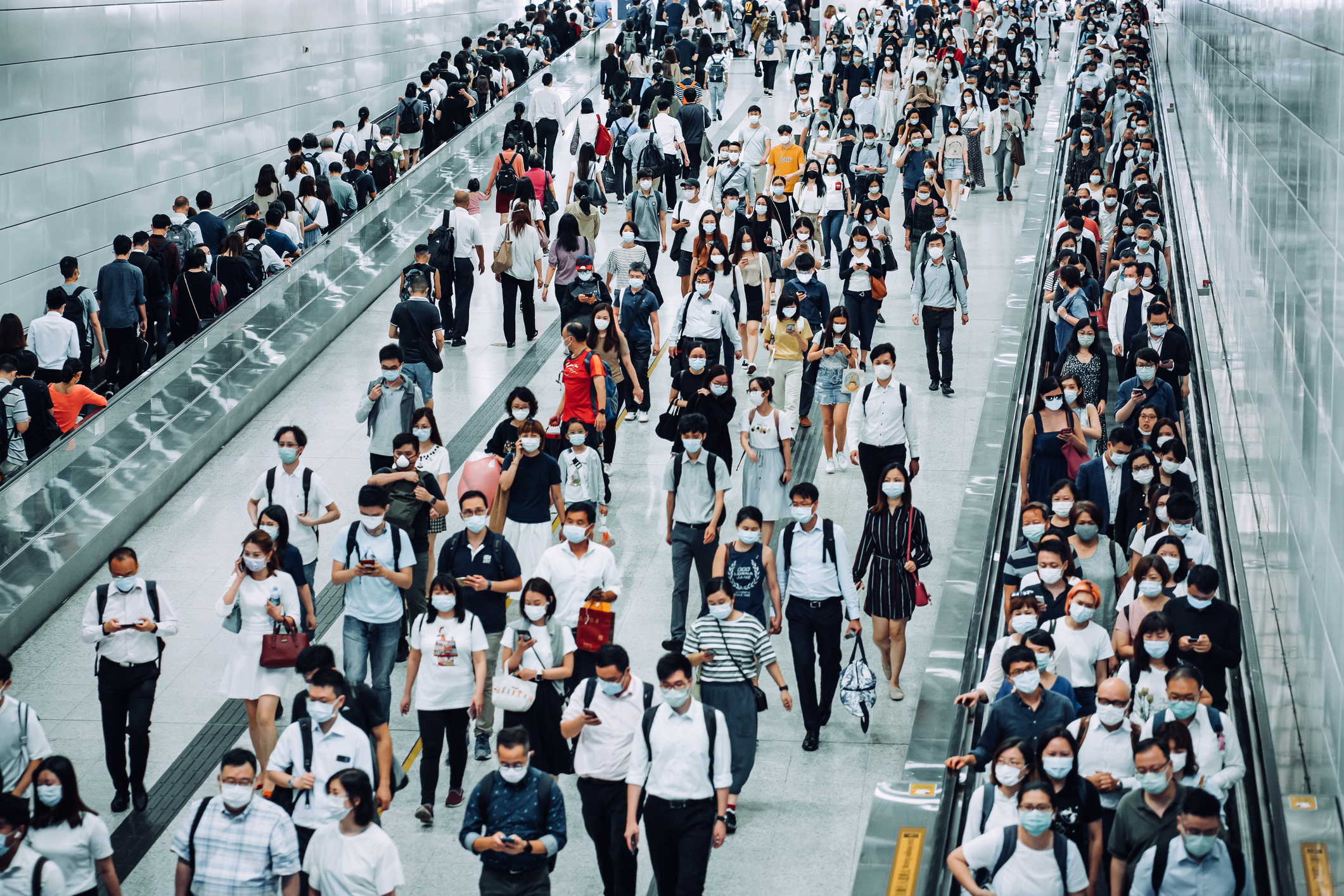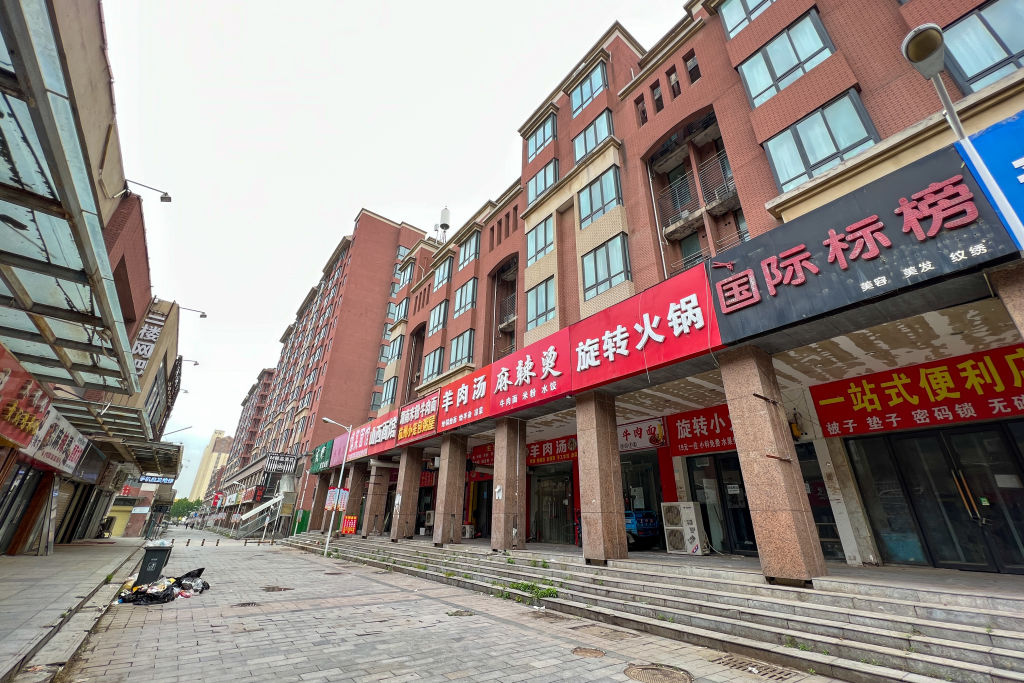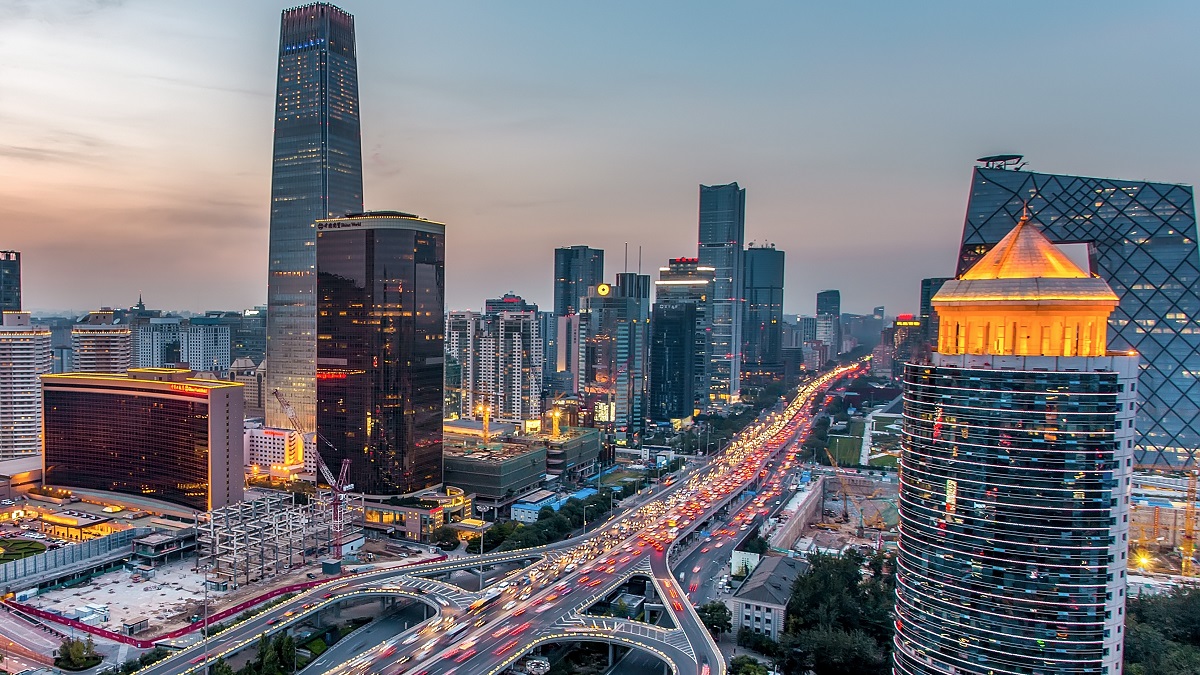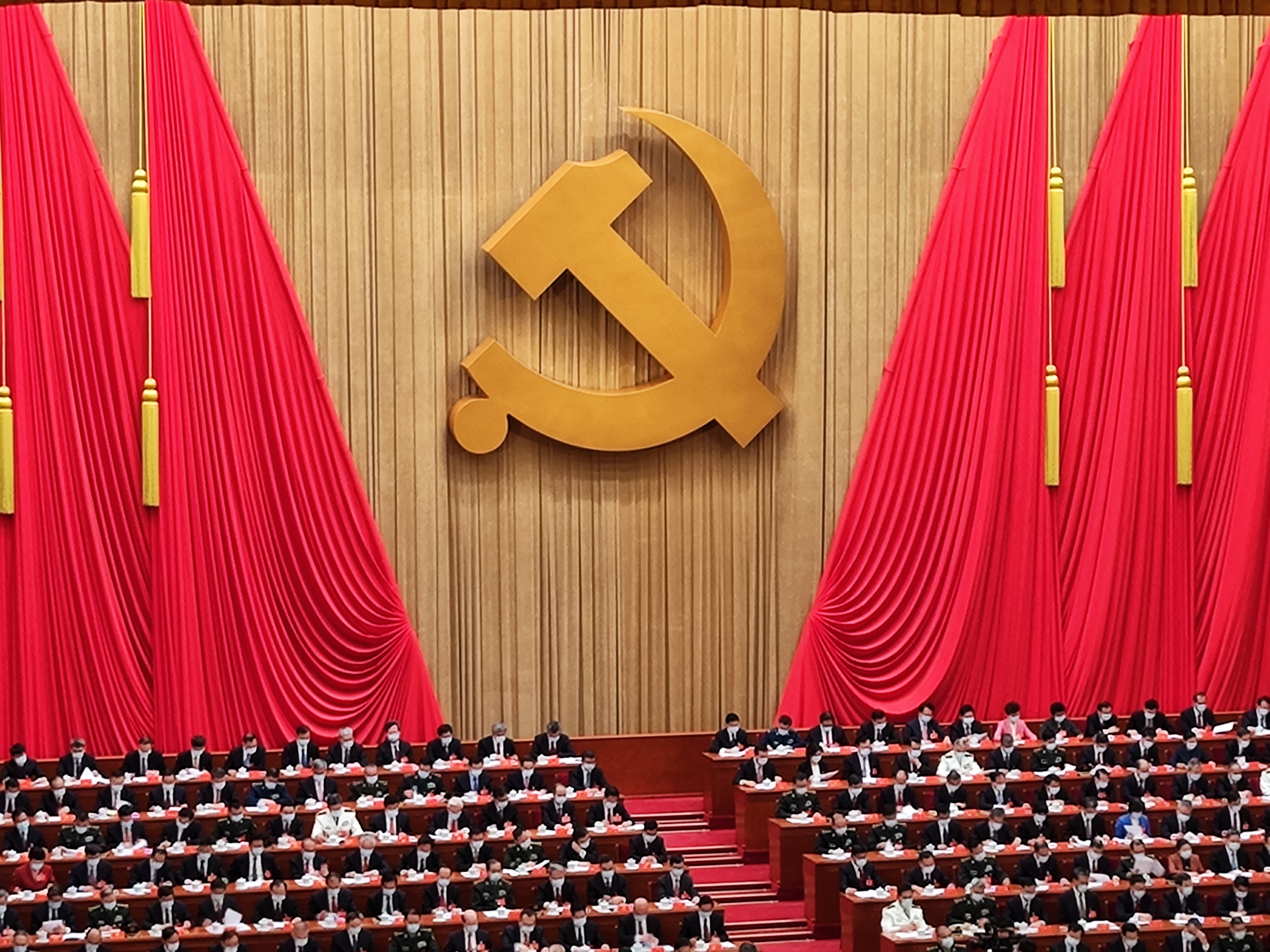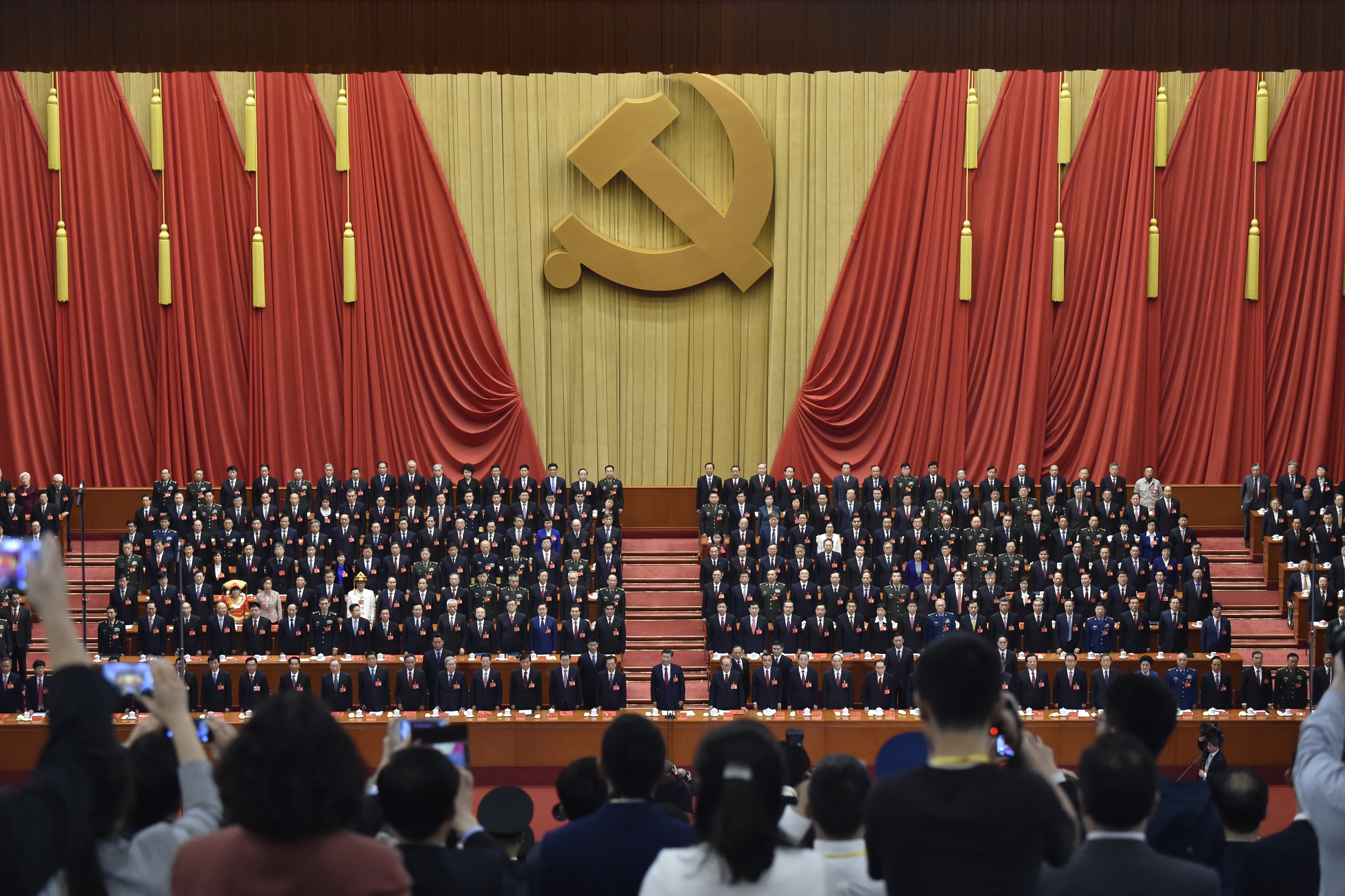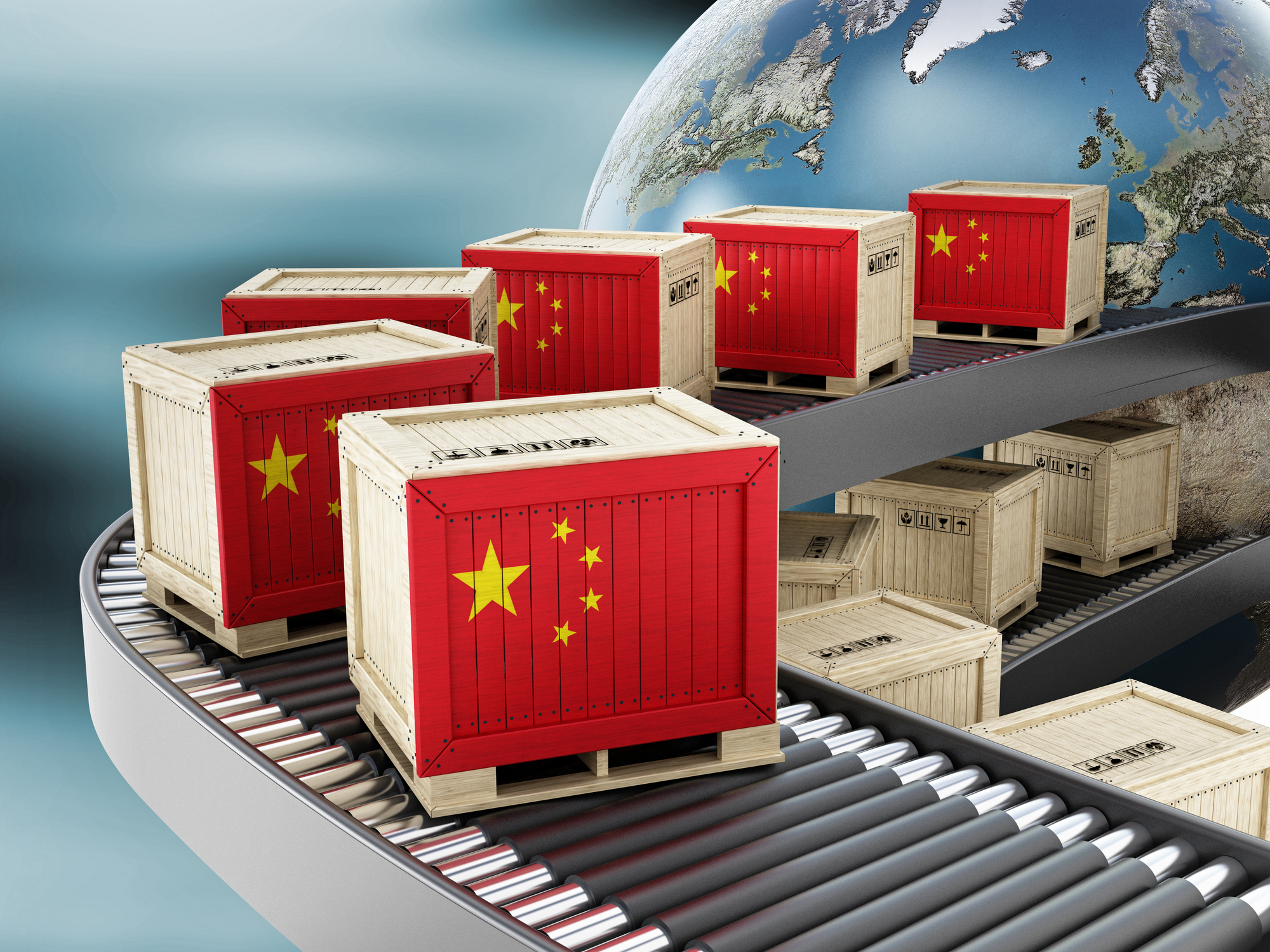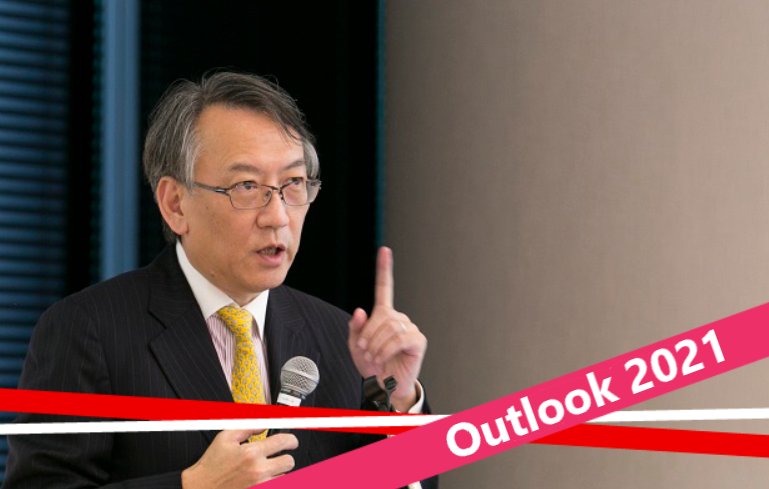
The COVID-19 outbreak in Wuhan, unrest in Hong Kong, and an escalating trade war with the United States shook China in 2020. Will the new year be marked by greater stability as the CCP prepares for a major party congress in 2022?
* * *
Beijing has announced an 8% target for economic growth in 2021. While China’s GDP grew by 6.1% in 2019, it slumped to around 2% in 2020 due to COVID-19, so the bullish target suggests China is confident about its prospects for a recovery.
The figure is not as robust as it appears, however. Coming off a year of slow growth, it merely assumes that economic activity will return to pre-pandemic levels, with a vigorous rebound still being a year or so away. Beijing will first need to address some major structural issues exposed by its trade war with Washington and the coronavirus crisis.
The sanguine forecast for 2021 is a byproduct of China’s reported success in suppressing the spread of the virus. It is also buttressed by a colossal domestic market boasting a household saving rate of around 30%. Another boost to domestic consumption has been the restrictions on overseas travel—which has meant that the 150 million tourists who traveled abroad in 2019 have been visiting and spending at destinations closer to home.
The National Day on October 1 coincided last year with the Mid-Autumn Festival, prompting the government to create an eight-day holiday through October 8, during which some 600 million Chinese people enjoyed domestic travel. Also spurring spending was the Single’s Day shopping holiday on November 11, when Alibaba generated \7 trillion in online sales in just one day.
The rise of ecommerce has pushed up demand for parcel delivery and cardboard boxes. To cover its shortage, China has been importing cardboard from Japan and other countries. A leading Japanese cardboard maker reported that exports to China in the first half of 2020 more than doubled over year-ago figures.
Demand for Chinese products in overseas markets remains brisk, as many of the household goods and appliances sold around the globe through online platforms are made in China. Exports to the United States have been booming, despite an escalation in the trade war. Higher volumes of shipments worldwide have resulted in a shortage of containers, including at ports in Japan.
Concerns about Stability
This is not to say that the outlook for the Chinese economy is entirely rosy. Imports of semiconductors and other key components and exports of tech products have declined due to US sanctions. Less than 10% of the parts for the iPhone 12, for example, are sourced from China. The slowdown in trade has dealt a severe blow to small and medium-sized parts makers, many of whom are being forced to downsize their workforce.
The government work report presented by Premier Li Keqiang at the National People’s Congress in May 2020 included 39 mentions of the word jiuye (employment), highlighting the importance of stabilizing the job market as a policy issue going forward. President Xi Jinping’s speech at the Central Committee of the Communist Party in October, meanwhile, mentioned anquan (safety) 22 times, a word that carries connotations of “stability.” The Chinese leadership thus appears to be most concerned about economic and social instability.
The new year will doubtless be an important one for the Xi regime as it prepares for the National Congress of the Chinese Communist Party in 2022. The success of the Party Congress will hinge on maximizing economic growth, stabilizing employment, easing tensions with the United States, and improving ties with other countries.
Against this backdrop, Beijing made significant market-opening concessions in November 2020, when it signed the Regional Comprehensive Economic Partnership (RCEP) to create a massive, 15-member free-trade zone spanning East Asia, Southeast Asia, and Oceania. With the United States embroiled in domestic political turmoil, RCEP offers China an opportunity to build a new global strategy with a trade pact accounting for 30% of the world’s GDP, which places it on a par with the United States–Mexico–Canada Agreement and the European Union.
Beijing also hopes to build closer ties with Japan in 2021. Tokyo had planned to invite Xi Jinping to Japan as a state guest, but this was postponed following the outbreak of COVID-19 and China’s enactment of the Hong Kong national security law. China is eager to improve relations with its East Asian neighbor to blunt its deepening standoff with the United States. But Prime Minister Yoshihide Suga is unlikely to extend an invitation to President Xi in the face of growing public hostility toward China, fueled by the constant encroachment of official Chinese vessels into Japan’s territorial sea around the Senkaku Islands. There is likely to be continued instability and uncertainty in 2021.

